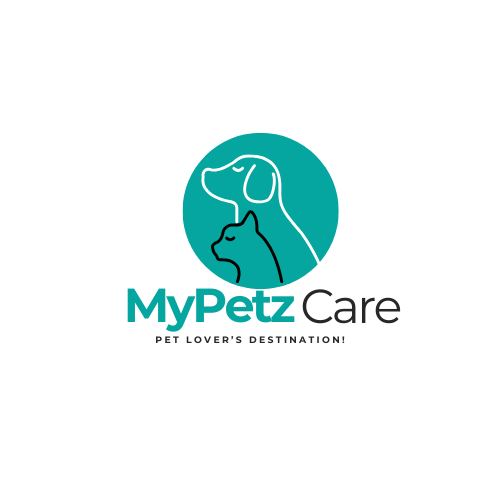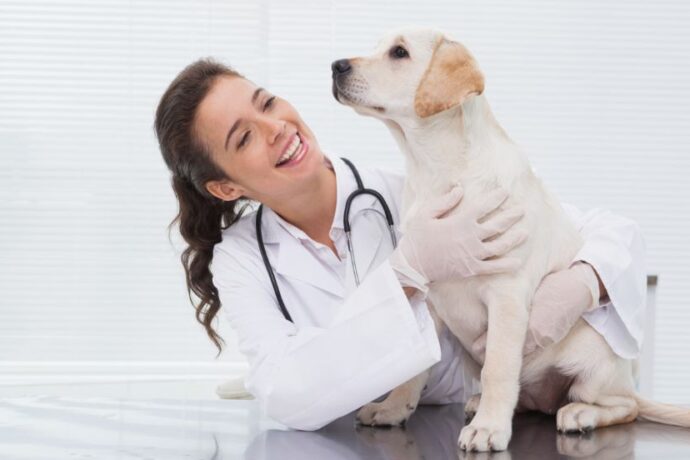Over the past decade, more dog owners have been turning to raw feeding as an alternative to traditional kibble. The concept is based on the belief that domestic dogs, as descendants of wolves, thrive on a diet similar to what their ancestors ate—raw meat, bones, organs, and sometimes vegetables or fruits.
Supporters of the raw diet believe it promotes better health, shinier coats, improved digestion, and higher energy levels. On the other hand, veterinarians and nutritionists warn of serious risks, including bacterial contamination and nutritional imbalances. To help you decide what’s best for your furry companion, let’s take a closer look at the benefits, risks, and science behind raw feeding.
The Potential Benefits of a Raw Diet
Advocates of raw feeding often highlight multiple benefits, many of which are supported by owner experiences and, in some cases, scientific research.
1. Healthier Skin and Shinier Coat
Raw diets are typically rich in animal fats and proteins. These nutrients are crucial for maintaining skin hydration and producing natural oils that give the coat a glossy finish. Dogs prone to dry, itchy skin or excessive shedding may show visible improvements within weeks of switching to a raw diet.
2. Better Dental Health
Chewing raw meaty bones provides a natural form of dental cleaning. The abrasive action helps scrape away plaque and tartar, reducing the likelihood of gum disease, tooth decay, and bad breath. While dental chews and brushing are effective, some owners find that raw bones are a convenient complement to oral hygiene.
3. Improved Digestion and Stool Quality
Many pet owners notice firmer stools, reduced odor, and fewer digestive upsets after transitioning to raw food. A study published in the Journal of Animal Physiology and Animal Nutrition (2017) showed that dogs fed raw diets experienced better digestibility compared to those fed kibble. This may be because raw food is less processed and contains fewer fillers, making it easier on the digestive system.
4. Higher Energy Levels and Leaner Muscle Mass
Raw diets are naturally high in protein, which plays a key role in building lean muscle tissue and supporting sustained energy. Owners often report that their dogs become more active and alert after switching to raw food. This can be particularly beneficial for working dogs, sporting breeds, and highly active pets.
5. Weight Management and Satiety
Because raw diets are usually low in carbohydrates and free from fillers, they may help overweight dogs slim down without feeling deprived. The higher protein and fat content keep dogs fuller for longer, reducing the urge to overeat or beg between meals.
6. Reduced Allergy Symptoms
Some dogs develop food sensitivities or allergies to grains, artificial preservatives, or certain proteins commonly found in kibble. Raw feeding allows pet owners to carefully select proteins and ingredients, which may reduce symptoms such as itchy skin, ear infections, or gastrointestinal issues.
7. Stronger Immune Function
Raw diets are rich in natural vitamins, minerals, and antioxidants. These nutrients support a healthy immune system, making dogs more resilient against infections and illnesses. Vitamins A, C, and E, along with zinc and selenium from organ meats and fresh produce, provide an immune-boosting effect that processed foods may lack.
8. Better Hydration
Kibble contains only about 10% moisture, whereas raw meat is around 70% water. This naturally higher water content contributes to better hydration, which can support kidney and urinary tract health. Dogs on raw diets often drink less water because they are already getting adequate hydration from their meals.
The Risks and Concerns of Raw Feeding
While the benefits sound appealing, raw feeding carries potential risks that must be considered.
- Bacterial Contamination – Raw meat can harbor dangerous bacteria like Salmonella, E. coli, and Listeria. These pathogens may not only affect your dog but can also spread to humans in the household.
- Nutritional Imbalances – A diet made of only meat and bones is not complete. Without the right balance of proteins, fats, vitamins, and minerals, dogs may suffer from deficiencies or excesses that affect bone development, immunity, and overall health.
- Choking Hazards and Internal Injuries – Bones can splinter, leading to choking, intestinal blockages, or injuries to the digestive tract.
- Not Suitable for All Dogs – Puppies, senior dogs, and those with compromised immune systems may face greater risks on a raw diet.
The American Veterinary Medical Association (AVMA) and the U.S. Food and Drug Administration (FDA) advise against feeding raw meat diets due to these safety concerns (1).
What Does Science Say?
- Scientific studies on raw diets for dogs remain limited but growing. Here’s what we know so far:
- A study published in Veterinary Record (2019) found that nearly 28% of raw food samples tested positive for harmful bacteria, raising concerns about contamination (2)(3).
- Research in the Journal of the American Veterinary Medical Association highlighted that many homemade and commercial raw diets are nutritionally incomplete, especially for puppies (4).
- On the other hand, smaller studies and owner surveys consistently report improved stool quality, better digestion, and increased energy levels in dogs fed raw diets.
The evidence suggests that while raw diets can provide benefits, they require careful formulation and strict hygiene practices to ensure safety.
Frequently Asked Questions (FAQs)
1.Can I prepare a raw diet for my dog at home?
A. Yes, but it requires proper knowledge of canine nutrition. A veterinary nutritionist can help design a balanced plan. Feeding only raw meat without organs, bones, and supplements will result in deficiencies.
2. Are commercial raw diets safer than homemade ones?
A. Commercial raw diets may undergo processing methods like freeze-drying or pasteurization to reduce bacterial risks. However, contamination is still possible, so safe handling is necessary.
3. Can I mix raw food with kibble?
A. Some owners mix the two, but it can cause digestive upset in sensitive dogs due to different digestion rates. If you choose to do so, introduce it gradually and observe your dog’s response.
Conclusion:
The raw diet for dogs offers both potential benefits and significant risks. Dogs may experience healthier coats, improved digestion, better energy, and reduced allergies on a raw diet. However, safety concerns such as bacterial contamination, choking hazards, and nutritional imbalances cannot be ignored.
If you are considering raw feeding:
- Consult with a veterinarian or a certified canine nutritionist.
- Ensure the diet is properly balanced.
- Follow strict hygiene practices when handling raw meat.
In the end, the best diet for your dog is one that supports its health, lifestyle, and individual needs—whether that’s raw, kibble, cooked, or a carefully planned combination of both.
References:
1. Current knowledge about the risks and benefits of raw meat–based diets for dogs and cats
2. An investigation of the presence and antimicrobial susceptibility of Enterobacteriaceae in raw and cooked
3. Raw diets for dogs and cats
4. Pet feeding practices of dog and cat owners











